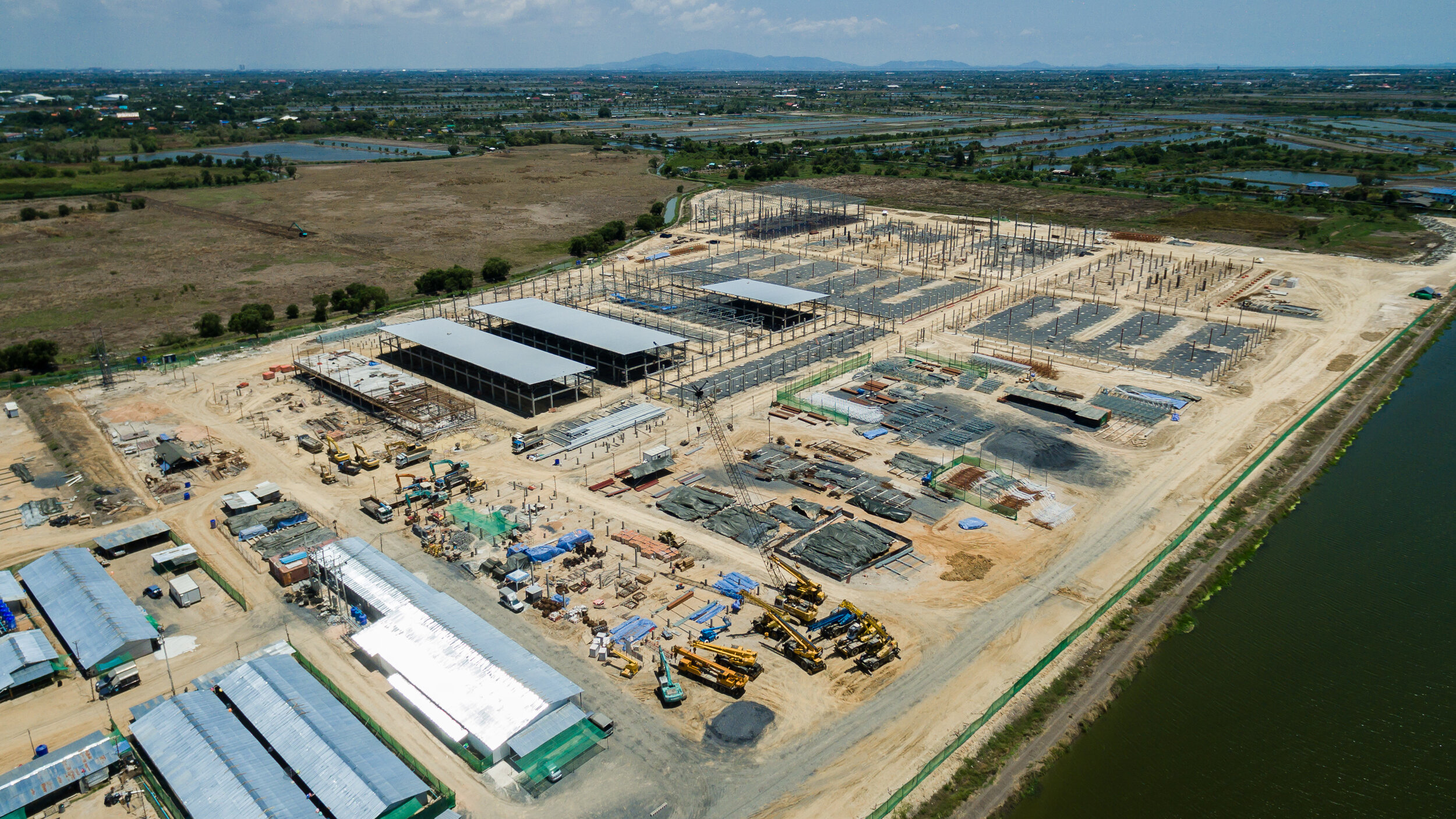Site Selection for Land-Intensive Occupiers in Infill Areas
Key Concepts
Industrial properties with 30% or less improvement square feet compared to land square feet ("low coverage") are increasingly scarce in metropolitan areas of the United States
Land-intensive industrial uses, which typically use low coverage industrial properties, can be challenging to entitle and therefore understanding zoning is critical to a project's success
Successful site selection for land-intensive industrial occupiers typically involves a proactive approach to finding and securing suitable properties
The ability to compare the relevant internal and external data with a robust property search and indentification process exponentially increases the effectiveness of the site search
Availability of Low Coverage Properties
Finding available infill properties for land-intensive industrial occupiers is typically much more challenging than office, warehouse or manufacturing uses. Throughout most primary, secondary, and even tiertiary US industrial markets, low coverage properties are increasingly an endangered product type. With no more than 30% of their land area covered by improvements, low coverage properties have been developed into "higher and better" uses, subject to strict zoning regulations, and even turned into other property types.
Due to these challenges, site selection for land-intensive industrial occupiers must be designed differently to increase the odds of success. A successful site selection strategy for such occupiers incorporates the relevant internal and external sources of information with a proactive approach to investigate, target, and secure properties which align with company objectives.
The Proactive Site Selection Process
The site selection process involves multiple steps which ultimately lead to a desired site at the best cost/benefit ratio possible. Generally these steps are assembling project stakeholders, defining requirements, researching the market, analyzing potential options, negotiating, and acquisition. All these steps are important but I won't be discussing all of them here. If you are interested, there are plenty of site selection articles in industry publications which discuss the site selection process in detail.
In any site selection search that has limited property availability in a desired area, such as the infill low coverage sites considered here, companies cannot follow the same playbook as a search for suburban office building or a dry warehouse and expect great results. Instead, I think there are two key areas where land-intensive companies should focus their resources.
First, firms should use internal and external data with GIS mapping platforms, such as Esri, to identify the areas in which they would consider a new location. GIS mapping technology can easily show customer locations, competitor locations, available properties, average real estate costs, zoning, labor, drive times, and more. A much better conversation can take place when stakeholders can see all the relevant information required to make location decisions.
Furthermore, it is especially effective to use GIS mapping when searching for properties that are difficult to find. Rather than just focusing on the location of currently available properties, via GIS mapping the stakeholders can determine:
A) the areas they would consider a location ("Areas of Consideration")
B) zoning overlays within the Areas of Consideration which will allow their use ("Entitled Areas of Consideration")
C) all properties within the Entitled Areas of Consideration which meet their minimum physical requirements ("Set of All Amenable Properties within the Entitled Areas of Consideration")
D) all available properties, if any, within the Set of All Amenable Properties within the Entitled Areas of Consideration
E) then layer in additional data as needed.
The second key area I would recommend firms focus is actively marketing their requirement to owners of property within the Set of All Amenable Properties within the Entitled Areas of Consideration (Item C above), investor/developers, and brokers. This practice increases the odds of finding one or more suitable sites and can also create negotiating leverage with the owners of any sites currently on the market. The marketing can be done without divulging the company name, if helpful only indicating the basic requirements and creditworthiness to further entice landlords or sellers.
Marketing the requirement to owners is the inverse of what is typically done by an owner marketing its property. Similar to an effective property marketing program, a marketing program for an occupier can be structured in the same manner with marketing materials and scheduled follow ups being made to prospective landlords or sellers.
Another benefit of actively pursuing the key areas above is the trust it can build within the organization. Many site selection leaders experience the doubt expressed by others when available properties are difficult to find. By virtually exploring all the possible properties via GIS mapping and proactively marketing to those property owners, these leaders are able to show other stakeholders that no opportunities are being left "uncovered" and the organization is doing all it can to find a suitable site. This can engender trust in the site selection process internally and help prevent the dreaded "I see available properties everywhere. Why can you find one?" response many of us have heard.
Just Hit Go below to talk about how our proactive site selection process can help your company uncover and secure more properties today!
